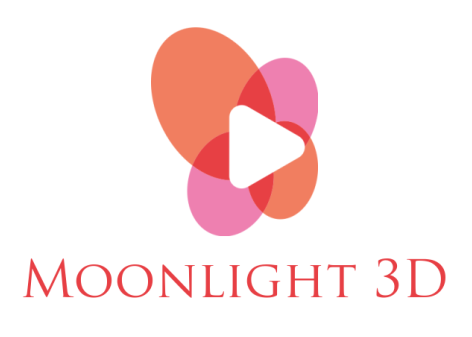Comparing Collaboration: Slack vs Teams –
Unveiling the Ideal Platform for Productivity
Hey there, savvy readers! Are you ready to dive into the thrilling showdown between two of the hottest collaboration tools in town? It’s time to buckle up because we’re about to embark on an epic journey through the world of digital teamwork. In this corner, we have the veteran contender, Slack, flaunting its minimalist interface and quirky integrations. And in the opposite corner, we have the rising star, Teams, flexing its muscles with tight integration into the Microsoft universe. So, who will emerge victorious in the Slack vs Teams face-off? Let’s find out!
Unboxing the Powerhouses: Slack and Teams
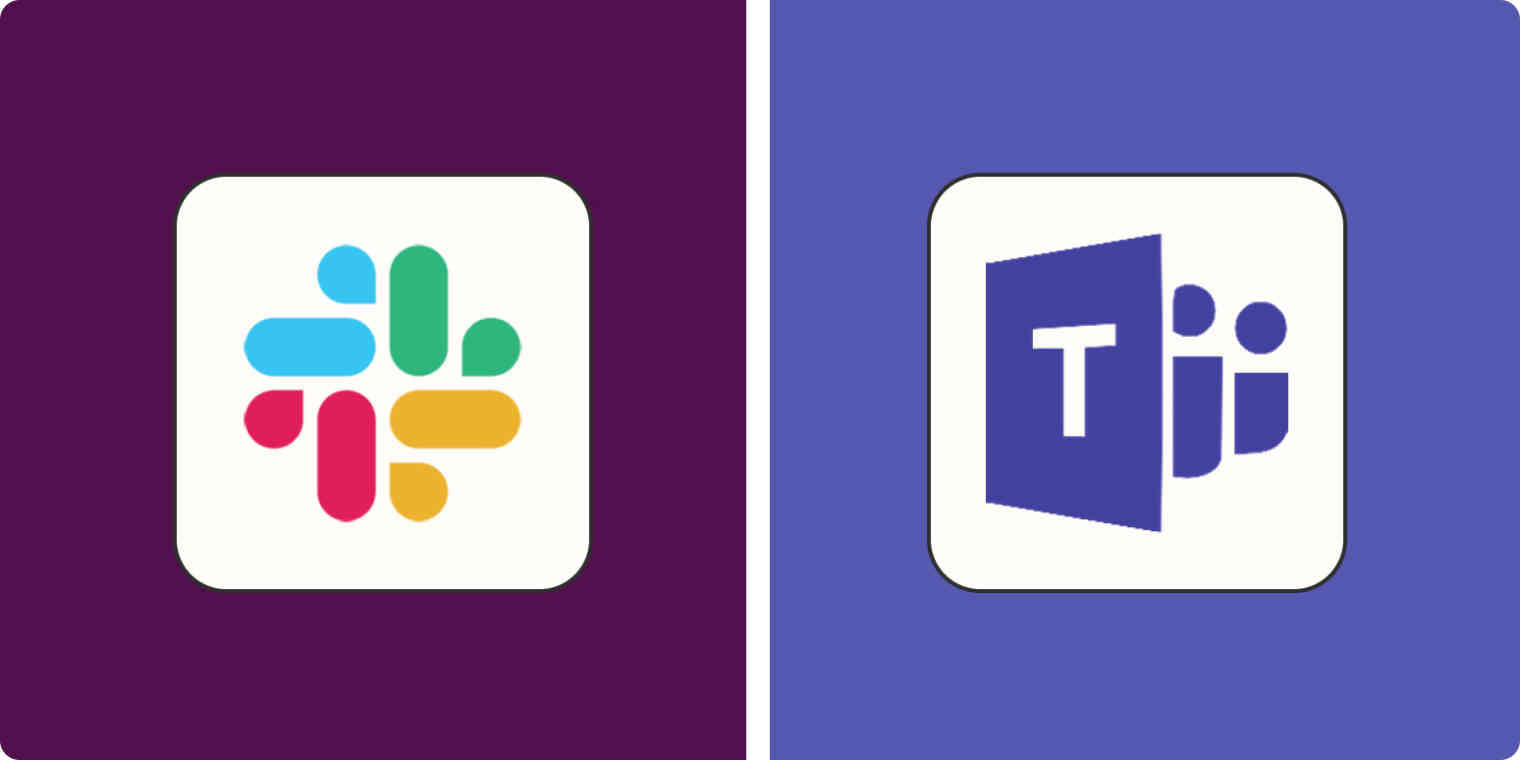
In the left corner, we have the charming Slack, known for its vibrant interface and lightning-fast communication. In the right corner, Microsoft’s very own Teams strides confidently, flaunting its integration prowess and enterprise-grade capabilities. But who’s got what it takes to earn a spot on your digital toolbelt? Let’s break it down and get ready for a collaboration rumble like no other!
| Feature | Slack | Microsoft Teams |
| Platform | Cloud-based, standalone application | Part of the Microsoft 365 suite |
| Messaging | Real-time chat with channels and direct messages | Channels, private chats, and direct messages |
| Integrations | Extensive third-party app integrations | Integration with Microsoft 365 apps and services |
| File Sharing | Attach and share files directly in chat | Integrated with OneDrive and SharePoint |
Round 1: User Interface and User Experience
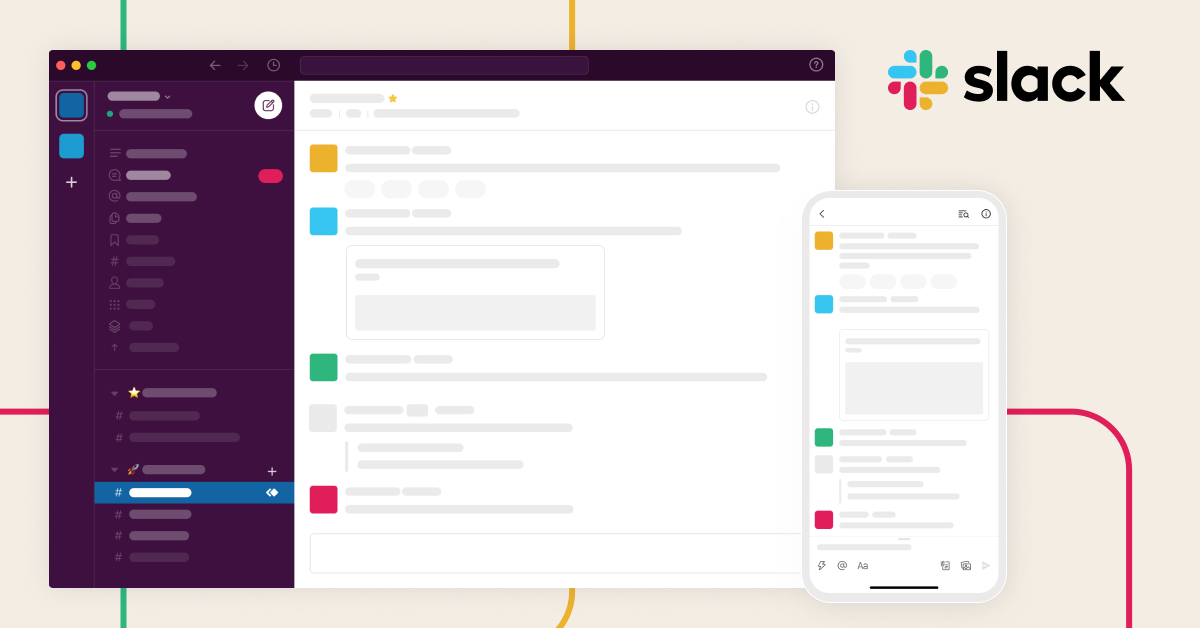
Ding ding! The first round commences, and it’s all about appearances. Slack, with its breezy blue color scheme and minimalist design, feels like a serene oasis in the desert of digital chaos. The clean interface is like a breath of fresh air after wrestling with clunky software. But hold on to your hats, folks, because Teams isn’t backing down. Sporting the sleek and familiar Microsoft look, Teams embraces users with a warm, cohesive embrace, like a cozy sweater on a chilly day.
Slack’s Secret Sauce: With its intuitive layout and user-friendly navigation, Slack makes conversations feel like a stroll in the park. The app’s ability to create separate channels for different teams, projects, or interests keeps things neatly organized. Need to discuss the latest marketing campaign? Head over to the #Marketing channel for a dedicated space to brainstorm, share memes, and celebrate those little victories.
The Art of Simplicity: Slack’s UI
Imagine strolling into a zen garden after a long day of chaos. That’s what it feels like to open Slack. With a minimalist design that’s as refreshing as a cool breeze on a summer day, Slack’s user interface is a calming oasis in the world of digital clutter. The calming hues of blue and white greet you like an old friend, inviting you to indulge in smooth navigation and delightful interactions.
The sidebar, your trusty guide in this journey, houses your channels and direct messages. Each channel is a microcosm of conversations waiting to unfold. It’s like walking through a bustling marketplace where every stall has something intriguing to offer. And the search bar? It’s your treasure map, helping you locate that elusive conversation faster than you can say “collaboration magic.”
The Dance of Conversations: Slack’s UX
But what good is a stunning interface without a memorable user experience? This is where Slack truly shines. Conversations become a dance, with emojis, GIFs, and reactions as your partners. It’s like attending a masquerade ball where everyone is dressed as their favorite meme or pop culture reference.
Slack understands the value of quick context switches. The ability to seamlessly hop from one conversation to another is akin to teleporting through dimensions, only without the need for a time machine. With threads, you can dive deeper into specific discussions without interrupting the main flow. It’s like having secret rooms within a grand mansion, each serving a unique purpose.
And let’s not forget about the integrations. Slack’s App Directory is like a playground where productivity and fun collide. Whether you’re summoning a bot to fetch data or sharing a Spotify playlist to set the mood, it’s as easy as sprinkling fairy dust.
Conversational Companion: Slackbot
Ah, Slackbot—the quirky, conversational companion that adds a sprinkle of charm to your workspace. It’s like having a helpful office assistant with a dash of humor. Slackbot guides you through the app, offering tips, tricks, and even a friendly nudge to keep conversations flowing. It’s like the friendly office colleague who always knows the best shortcuts and hidden gems.
Mobile Marvels: Slack On-the-Go
But what if you’re not tethered to your desk? Fear not, for Slack’s mobile app is a traveler’s dream come true. It’s like carrying a pocket-sized version of your workspace wherever you go. Whether you’re responding to messages, sharing files, or checking in on your team’s progress, Slack’s mobile app ensures you’re always in the loop.
The mobile app’s UI retains the simplicity and charm of its desktop counterpart, making navigation a breeze even on a smaller screen. Just like a well-packed suitcase, everything you need is right at your fingertips.
Teams’ Trump Card: Microsoft’s prodigy, Teams, packs a powerful punch with its seamless integration into the Microsoft 365 suite. It’s like having a Swiss Army knife that covers everything from documents to video conferencing. Teams makes chatting, calling, and collaborating on documents feel as natural as enjoying a slice of your favorite pizza.
The Gateway to Collaboration: Teams’ UI
Imagine stepping into a bustling marketplace where all your collaboration needs are just a click away. That’s the sensation of diving into Microsoft Teams’ user interface. With its signature Microsoft charm, the UI warmly welcomes you with its familiar layout. It’s like entering a cozy café where your favorite cup of productivity is always waiting for you.
The left-hand navigation pane is your compass, guiding you through different teams and channels. Each team feels like a microcosm of projects and discussions, where members congregate like enthusiastic market vendors. And those channels? They’re your vibrant stalls, brimming with messages, files, and ideas waiting to be explored.
The Symphony of Productivity: Teams’ UX
But what truly sets Microsoft Teams apart is its symphonic user experience. Conversations are harmonious, thanks to threaded discussions that keep everything organized. It’s like attending a symphony, where each instrument plays its part without drowning out the others. Threads ensure that even in the midst of complex discussions, the melody of collaboration remains soothing to the ears.
And let’s talk about the collaboration canvas—your team’s hub where files, conversations, and tasks converge. It’s like a well-organized workshop, equipped with tools to help you craft your next masterpiece. From shared files to scheduled meetings, every feature is thoughtfully placed to enhance your workflow.
Fluid Flexibility: Teams Across Devices
But what happens when you’re on the move? Fear not, for Microsoft Teams’ mobile app is your trusty companion. It’s like carrying a miniaturized version of your collaboration universe in your pocket. Whether you’re responding to messages, reviewing documents, or hopping into meetings, Teams’ mobile experience ensures you never miss a beat.
The mobile UI maintains the essence of its desktop counterpart, making navigation intuitive and seamless. It’s like having a portable bridge that connects you to your colleagues and projects, no matter where you are. Mobile notifications keep you in the loop, ensuring you’re always connected to the heart of collaboration.
Unified Integration: The Microsoft Ecosystem
Here’s where the plot thickens. Microsoft Teams thrives as part of the larger Microsoft 365 ecosystem. It’s like a city within a kingdom, where every service complements the other. Integrations with apps like SharePoint, OneDrive, and Outlook transform Teams into a Swiss Army knife of productivity. It’s like having a universal remote control for all your collaboration needs.
Imagine you’re working on a client presentation, and your graphic designer just dropped the latest graphics in the chat. With Teams, you can open those files directly in the app, make real-time edits, and chat about your changes all in one place. Talk about a productivity boost!
Round 2: Integrations and Customizability
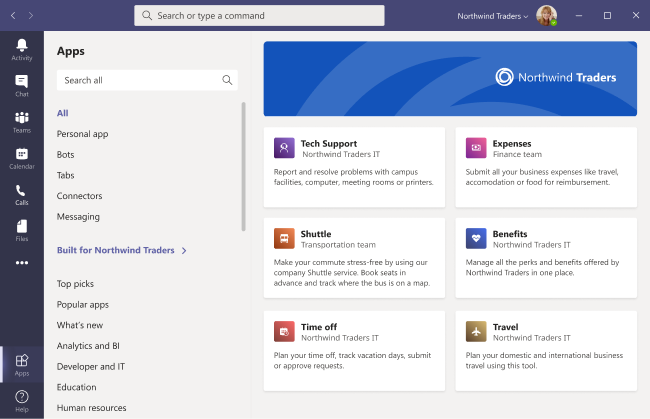
The bell rings for round two, and it’s all about versatility. Slack, the trendy extrovert, waltzes into the ring with a bag full of integrations like a magician pulling rabbits out of a hat. Whether you’re a marketing maven using HubSpot or a developer hanging out in GitHub, Slack’s got your back. It’s like throwing a grand party where all your favorite guests are invited.
Slack’s Magic Wand: Slack’s App Directory is a treasure trove of add-ons, bots, and apps that can zap inefficiencies out of your workflow. Need a bot to remind your team to stay hydrated? There’s an app for that! Want to celebrate every time a bug gets fixed? Send a confetti shower with the click of a button. It’s like having a personal assistant with a sense of humor.
The Integration Wonderland: Slack’s App Directory
Step into Slack’s App Directory, a treasure trove of third-party apps and integrations that’s akin to a bustling bazaar. It’s like stepping into a marketplace where each booth offers a unique solution to streamline your workflow. Whether you’re a marketer, developer, or cat enthusiast, there’s an integration for you.
Need to track tasks seamlessly? Integrate with Trello or Asana. Craving a quick dose of motivation? Connect with your favorite Spotify playlists. It’s like having a personal assistant who understands your every need and is armed with a bottomless toolbox.
With over 2,200 apps available in the Slack App Directory, it’s like entering a candy store with flavors you never knew existed!
Tailored to Perfection: Slack’s Customization
But wait, there’s more! Slack doesn’t just stop at integrations—it lets you mold its interface to fit your team like a perfectly tailored suit. It’s like being the master architect of your own workspace.
Customized channels become your virtual domains. Designate separate spaces for projects, departments, or lunchtime cat memes. It’s like dividing a mansion into rooms, each with a unique purpose and atmosphere.
And let’s talk about bots. These friendly little AI helpers can be programmed to assist with everything from automating routine tasks to delivering personalized messages. It’s like having a tech-savvy fairy godmother who grants your collaboration wishes with a wave of her digital wand.
Teams’ Wild Card: Hold up, folks! Teams is stepping into the spotlight with its unparalleled integration into the Microsoft universe. If you’re already living in Microsoft 365, Teams slides seamlessly into your world like a missing puzzle piece. Whether it’s Excel spreadsheets, PowerPoint presentations, or OneNote doodles, you can collaborate on them without ever leaving the Teams environment.
Did you know that as of 2021, Microsoft Teams had surpassed 145 million daily active users? That’s like having a virtual city bustling with collaboration energy!
The Integration Marvels: Teams’ App Integrations
Picture this: a bustling marketplace where you can shop for collaboration superpowers. That’s Microsoft Teams’ App Integrations, a realm where third-party apps gather like a league of extraordinary heroes. From project management to customer support, there’s an integration for every challenge you face.
Need to seamlessly transition from chat to project planning? Integrate with Trello or Planner. Craving a dose of productivity zen? Bring in your favorite project management tool. It’s like assembling a dream team of tools that work together like a well-oiled machine.
Teams’ integrations can transform it into a command center for your daily tasks, making it like a superhero headquarters where every tool has its place!
Crafting Your Realm: Teams’ Customization
But Microsoft Teams isn’t just about integrations—it’s about sculpting the platform to match your team’s unique identity. It’s like having a super suit that’s tailored just for you.
Customize your channels like the different districts of your city. Create separate spaces for teams, projects, or initiatives. It’s like building a metropolis where every corner has a distinct purpose and flavor.
And let’s not forget about Tabs. These customizable sections within channels are like mini worlds waiting to be explored. Embed documents, websites, or apps to transform your channel into a powerful control center. It’s like having a secret lair where you house your most valuable tools.
Round 3: Communication and Collaboration
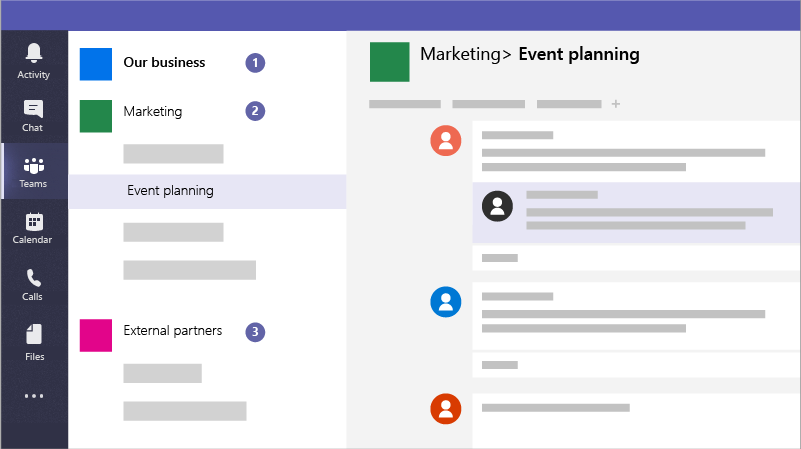
Round three begins, and the focus shifts to the heart of these platforms: communication and collaboration. Slack, the charismatic communicator, grabs the microphone with its lively chat interface. It’s like a never-ending party where everyone’s invited to share gifs, emojis, and reactions. But don’t underestimate Teams, the collaboration connoisseur, who’s armed with threaded conversations and robust file-sharing capabilities.
Slack’s Party Vibes: Slack’s chat-first approach is perfect for teams that thrive on quick exchanges and water-cooler banter. Whether it’s brainstorming for a new project or coordinating the next office potluck, Slack’s chat channels become a playground for creativity and camaraderie.
Teams’ Brainy Side: Here’s where Teams flexes its muscles. Imagine you’re discussing a complex project that requires a trail of discussions. Threads in Teams let you dive into sub-conversations without derailing the main topic. It’s like having a series of private, well-organized meeting rooms within the app.
Have you ever tried to keep track of a conversation that had more tangents than a geometry textbook? Teams says, “No more!” Just like a book with different chapters, it helps you compartmentalize discussions for optimal clarity.
Round 4: Video Conferencing and Virtual Meetings
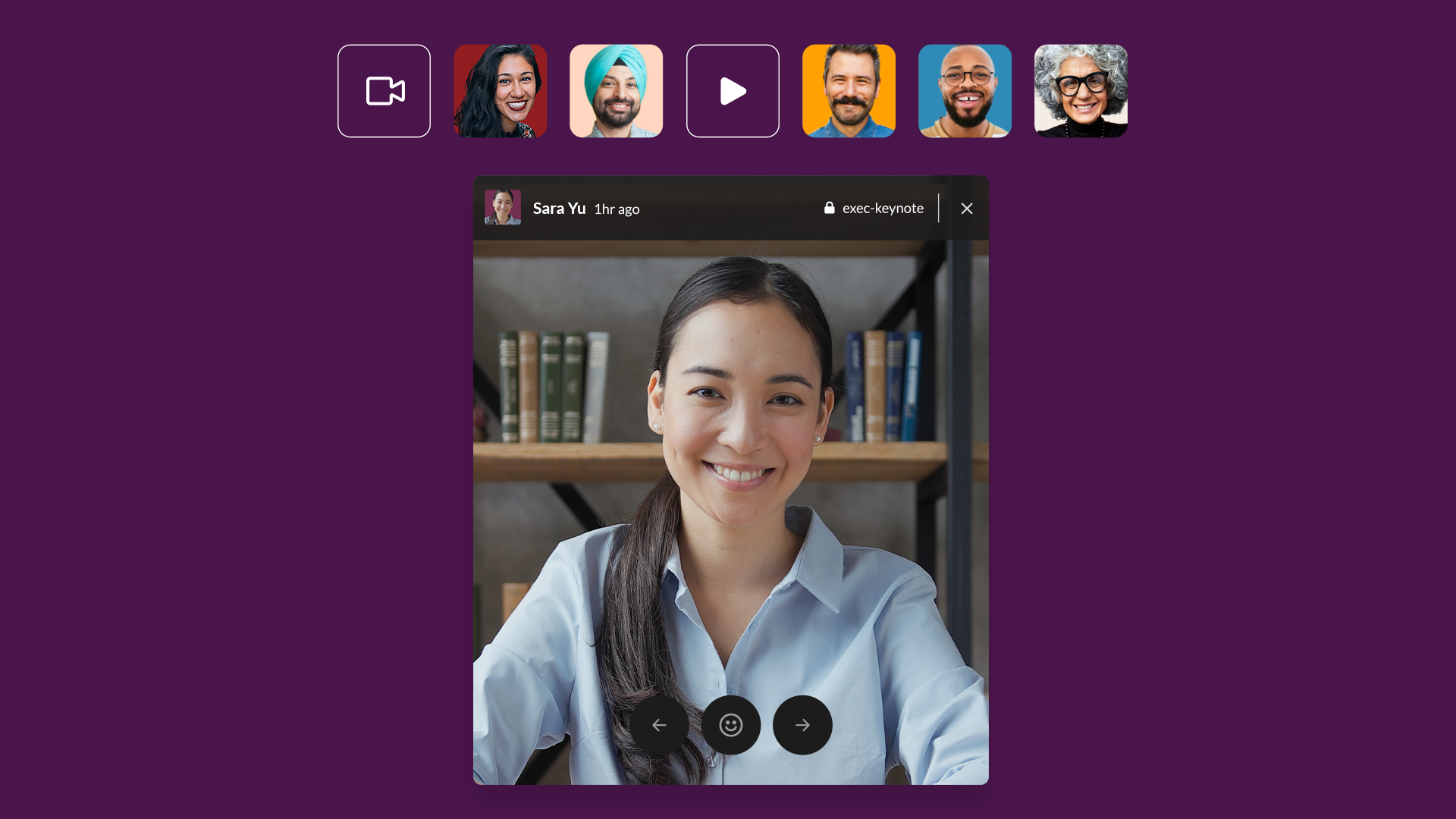
The penultimate round is all about face-to-face interactions, virtually speaking. Slack, the charismatic charmer, steps forward with its user-friendly video conferencing features. It’s like inviting your friends over for a virtual movie night without worrying about the popcorn mess. But wait, Teams isn’t about to let the spotlight drift away. It rolls in with its advanced meeting capabilities, making virtual gatherings feel like a breeze.
Slack’s Friendly Gathering: Slack’s video conferencing feature is like a friendly neighborhood café. It’s cozy, familiar, and perfect for small teams catching up or discussing ideas. With one click, you’re in a video call with your colleagues, sharing screens and collaborating like you’re all in the same room.
Teams’ Grand Symposium: Microsoft Teams brings out the big guns with its ability to host large webinars and conferences. Picture this: you’re hosting a virtual summit with attendees from around the world. Teams’ live event capabilities let you broadcast your presentations to thousands, turning your laptop into a global stage.
Did you know that during the pandemic, the daily active users on Microsoft Teams spiked to a staggering 115 million? It’s like the world collectively decided to have one giant virtual coffee break!
Final Round: Pricing and Accessibility
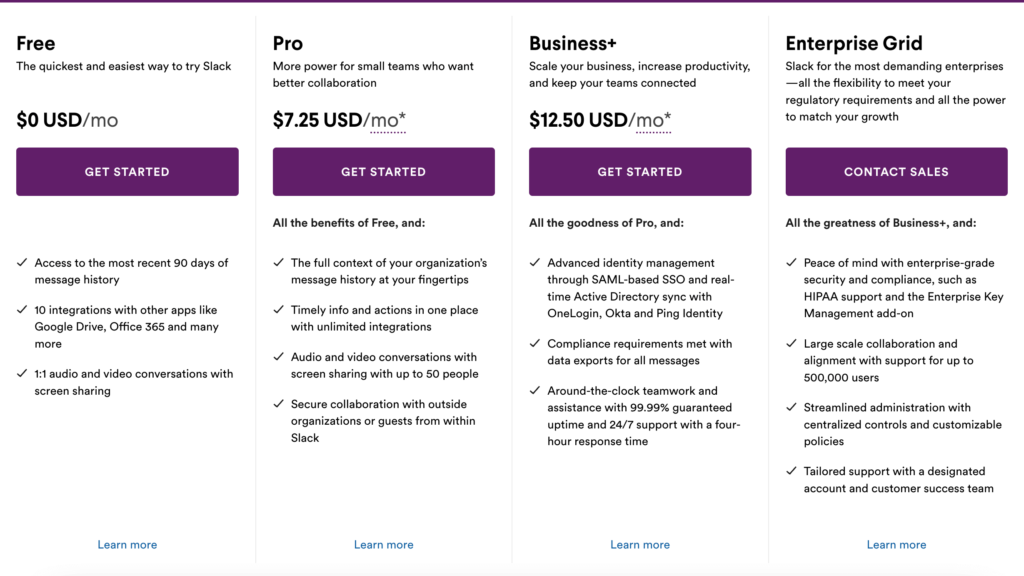
Ladies and gentlemen, we’ve reached the final round of our showdown: pricing and accessibility. Slack, the popular contender, offers a range of plans that cater to various team sizes and budgets. It’s like shopping at a high-end boutique, where you can choose the tailor-made suit that fits you perfectly. On the other side of the ring, Teams charges in with a price point that’s hard to beat—especially if you’re already a Microsoft 365 subscriber.
Slack’s Boutique Choices: Slack’s pricing model ensures that teams of all sizes can find a plan that suits their needs. Whether you’re a startup with a handful of members or a corporate titan with an army of collaborators, Slack’s got a pricing tier that won’t break the bank.
- Free Plan: Slack’s Free plan is a great starting point for small teams and businesses. It includes essential features like unlimited messaging, 1-on-1 video calls, and 10 integrations with other apps. It’s a fantastic way to dip your toes into the world of Slack without any financial commitment.
- Standard Plan: The Standard plan is designed for growing teams that need more advanced features. Priced per user per month, it offers unlimited message history, group video calls, guest access, and more integrations (up to 20). This plan also allows for improved team collaboration with features like shared channels and customizable message retention policies.
- Plus Plan: If your team craves even more productivity and collaboration power, the Plus plan might be your best bet. It includes everything in the Standard plan, along with added security features like SAML-based single sign-on (SSO), compliance exports, and 24/7 customer support. This plan is perfect for businesses that prioritize data security and require additional administrative controls.
- Enterprise Grid Plan: The Enterprise Grid plan is tailored for large organizations with complex collaboration needs. It provides an advanced level of customization, security, and support. With Enterprise Grid, you get features like Enterprise Key Management, custom terms of service, and dedicated customer success teams to ensure that Slack aligns seamlessly with your organization’s workflow and security requirements.
- Frontline Plan: Slack’s Frontline plan is designed to provide essential communication and collaboration tools for frontline workers. It offers a simplified experience with features like messaging, calling, and integrations to help frontline teams stay connected and productive.
Teams’ Price Advantage: Microsoft Teams flips the script by offering its service as part of the Microsoft 365 suite. If you’re already paying for Word, Excel, and PowerPoint, Teams is like a bonus dessert that comes with your meal. It’s a no-brainer for companies that are heavily invested in the Microsoft ecosystem.
- Microsoft 365 Business Basic Plan: Formerly known as Office 365 Business Essentials, this plan includes essential cloud-based productivity tools like Microsoft Teams, Exchange Online for email, SharePoint Online for collaboration, and more. It’s a great starting point for businesses looking to leverage Teams for communication and basic collaboration.
- Microsoft 365 Business Standard Plan: Formerly known as Office 365 Business Premium, this plan offers a step up from the Basic plan. It includes all the features of the Basic plan along with desktop versions of the Office applications (like Word, Excel, PowerPoint), enhanced security features, and additional cloud storage. This plan is perfect for businesses that need a comprehensive suite of tools for both online and offline work.
- Microsoft 365 Business Premium Plan: This plan includes everything in the Business Standard plan plus advanced security and management features. It’s designed to provide businesses with a higher level of data protection and control, making it ideal for organizations that prioritize security and compliance.
- Microsoft 365 E3 Plan: The E3 plan is aimed at larger enterprises and includes advanced features like advanced security, compliance, and analytics tools. It provides enhanced communication and collaboration capabilities, making it a robust solution for organizations with complex needs.
- Microsoft 365 E5 Plan: The E5 plan is the top-tier offering, packed with advanced features for communication, collaboration, security, and compliance. It includes everything in the E3 plan along with additional features like advanced threat protection, data loss prevention, and more. This plan is suitable for organizations that require top-of-the-line security and collaboration capabilities.
- Microsoft 365 F3 Plan: The F3 plan is designed for “Firstline” workers who are typically the first point of contact with customers. It includes basic communication and collaboration tools, such as Microsoft Teams and Exchange Online, to help frontline workers stay connected and productive.
The Verdict: Finding Your Perfect Match
As the dust settles in this intense bout, it’s clear that both Slack and Teams bring their unique strengths to the table. Slack’s charm lies in its simplicity, chat-centric design, and extensive app integrations. Meanwhile, Teams shines with its deep integration into the Microsoft ecosystem, making it a powerhouse for businesses already relying on Microsoft 365.
So, which one’s the winner? It’s not a one-size-fits-all answer. It all boils down to your team’s needs, preferences, and existing software landscape. Are you a startup looking for a lively chat platform? Slack might be your soulmate. Or are you a corporate giant seeking a comprehensive collaboration tool? Teams could be the knight in shining armor you’ve been waiting for.
In the end, the choice between Slack and Teams is like picking between a beach vacation and a mountain retreat—both have their merits, and the best one depends on what gets your heart racing. So go forth, my digital adventurers, and conquer your collaboration challenges with the platform that suits you like a glove. Whether you’re team Slack or team Teams, the world of seamless teamwork is at your fingertips!

Since 2019, Sabrina has been sharing her expertise as the author of three online courses, making photography and videography accessible to all, regardless of age or talent. Her blog, moonlight3d, serves as a hub for connecting with her audience, offering valuable tips on software, videography, and personal experiences. Feel free to reach out to Sabrina for insights and guidance on your creative journey through photography and videography.
